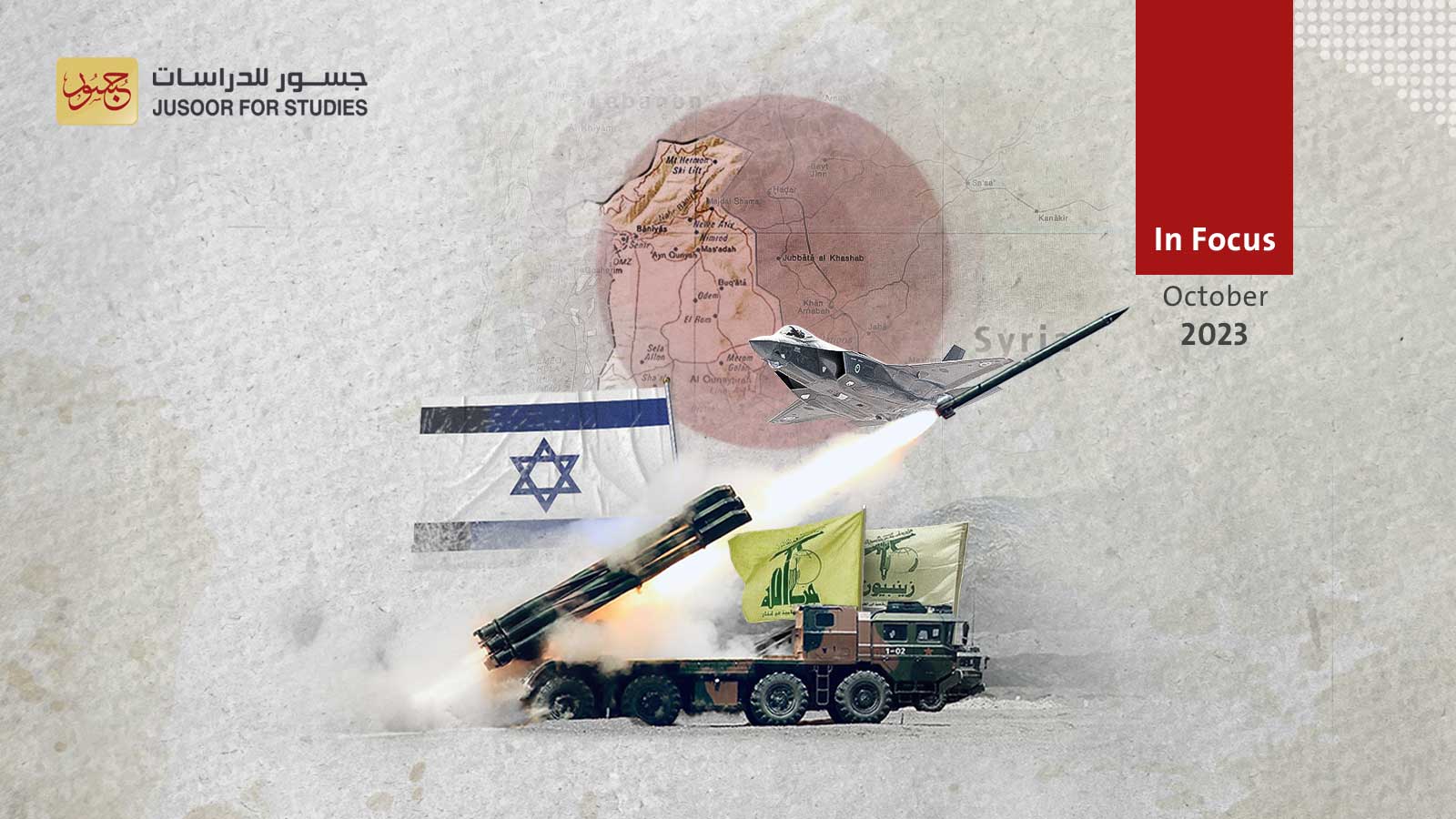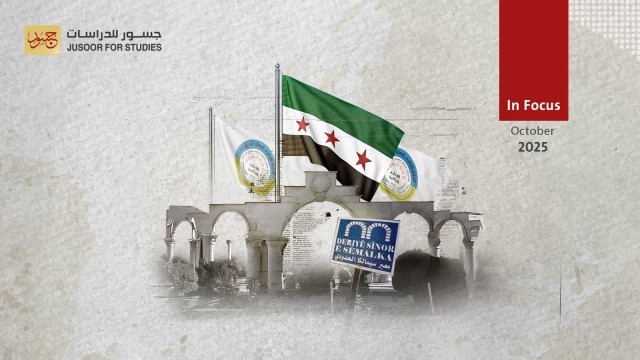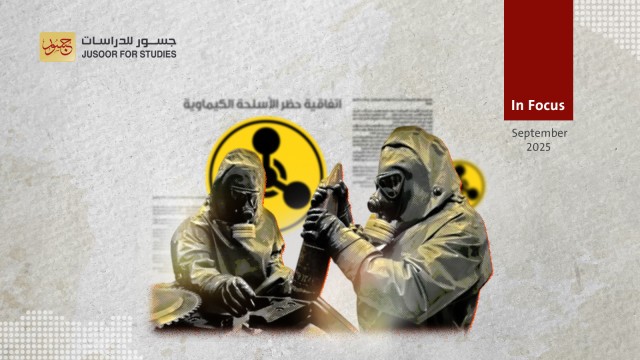The Next Chapter in Southern Syria after Israeli-Iranian tit-for-tat shelling
Areas in the Quneitra and Daraa provinces of southern Syria have become flashpoints for exchange of fire between Israeli forces and Iranian-backed militias. This escalation follows the outbreak of hostilities in Gaza on October 7, 2023; wherein Israel has struck eight military locations that were either implicated in artillery fire directed at the Golan Heights or suspected of being future launch sites for similar attacks .
The Israeli strikes have hit a blend of military outposts and civilian infrastructure within the Syrian regime-controlled areas that are being repurposed by Iranian-backed factions, particularly Hezbollah. Just a stone's throw from the Golan Heights, these sites are strategically dotted around — six in the Daraa district and a pair in Quneitra. Notable among them are the military bases at Abideen, Saida al-Golan, and the Mujahideen base, extending to key locations in Tal al-Jumou', Zizon, Wadi Jamala, and the Nab'a al-Fawar springs. These installations double as arms depots and logistics centers, bristling with medium-sized trucks that ferry a lethal cargo of weaponry, missiles, and advanced military gear, including sophisticated surveillance and signal disruption technology.
The barrage from the Iranian-backed militias has been confined to artillery fire, while Israel's countermeasures have been an all-out assault using artillery rounds, guided missiles, fighter jets, drones, and reconnaissance aircraft. The Syrian regime and Iranian militias’ artillery fire doesn't seem to be setting the stage for an imminent ground offensive towards the Golan Heights. Yet, Israel's precise and immediate retaliation to the sources of fire underscores its state of alert and readiness for ground combat. This stance is further emphasized by the Israeli military's recent forays into Syrian territory, where they have been busy paving the way and establishing strategic military outposts in preparation for any necessary military escalation.
Iran is keen to showcase its grip on the military strings in Syria. The mid-October visit by Quds Force leader Ismail Qaani to Syria was a show of hands-on involvement with the joint operations room set up months prior, ostensibly to keep an eye on the evolving dynamics and orchestrate troop movements. Yet, despite this display, the actual impact of the Iranian militias' strikes has been quite restrained, adhering strictly to the understood rules of conflict. There's a tangible push to ratchet up the tension, not only aiming at Israeli positions in the Golan Heights but also looking to encompass U.S. military installations across Syria.
The shift from tit-for-tat shelling to actual combat hangs in the balance, caught between the ebb and flow of U.S.-Iran face-offs and behind-the-scenes bargaining in the region. Iran also weighs the Syrian regime's predicament, freshly warned by Western powers, and Russia's stance as the custodian of the ceasefire in Syria's south. Then there's the tactical reality on the ground: strikes from Lebanon's border pack a harder punch for Israel compared to those fired from Syrian soil.
In the final analysis, Iran is not anticipated to escalate the skirmishes in southern Syria into an all-out military face-off via its proxy forces. Typically, Iran may employ military strikes against Israeli and U.S. interests as leverage in its complex negotiation and pressure tactics with the U.S., aiming to advance its multifaceted agenda both within Syria and in the broader region. Israel, on the other hand, while militarily prepped, prefers not to widen the conflict. Should necessity dictate, it would probably opt to intensify its air campaign rather than broaden its field of engagement.








